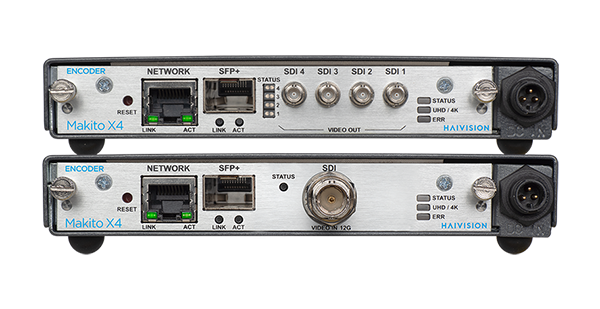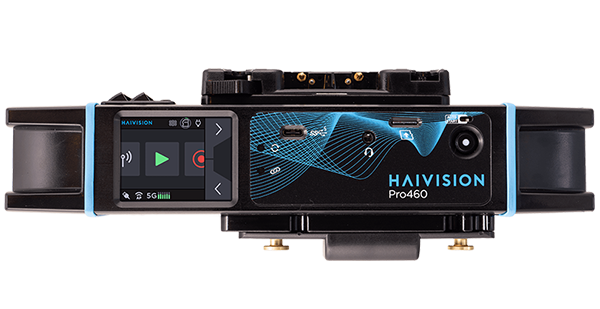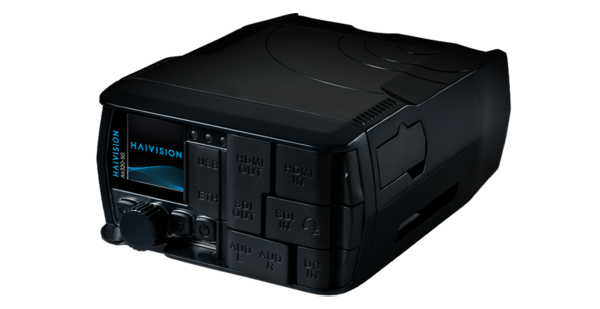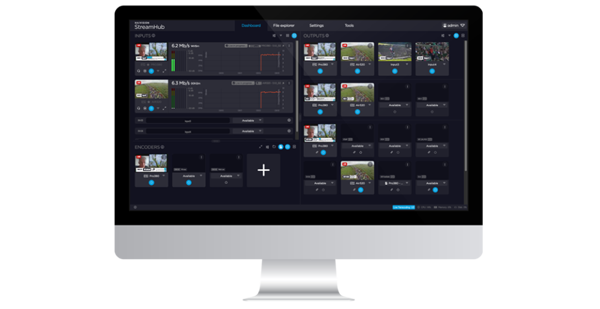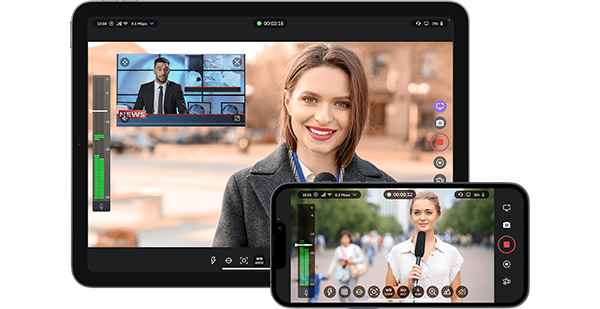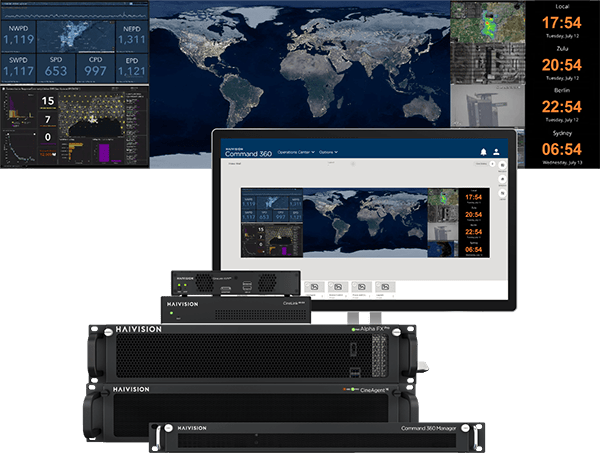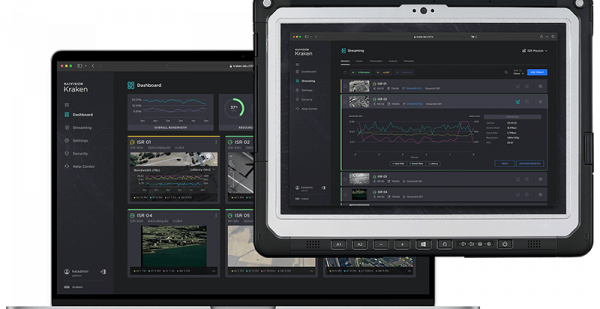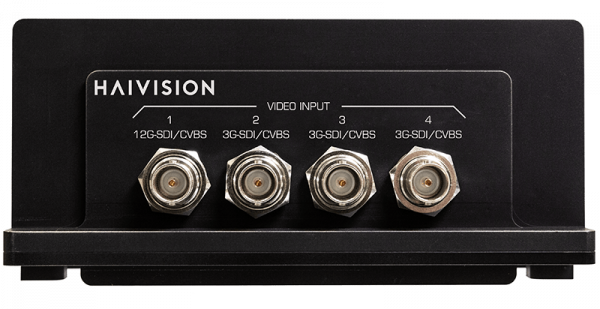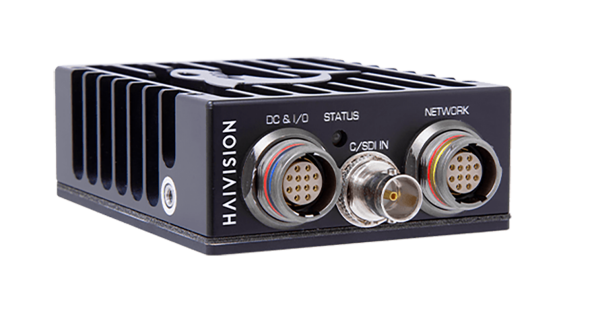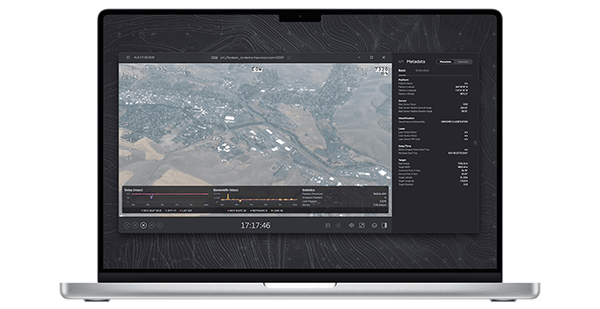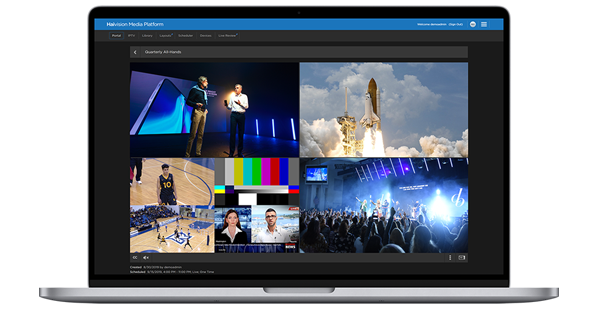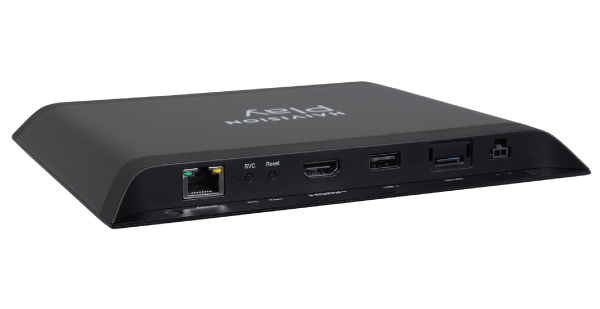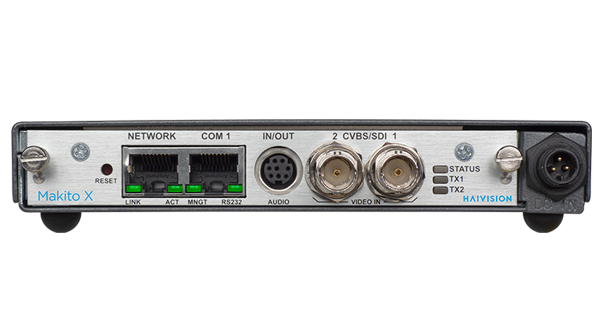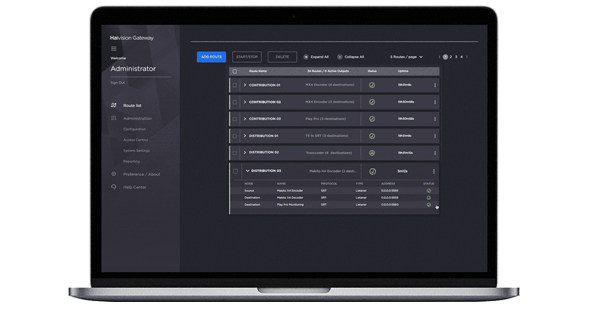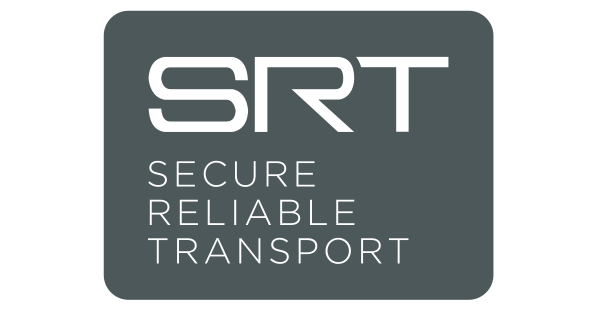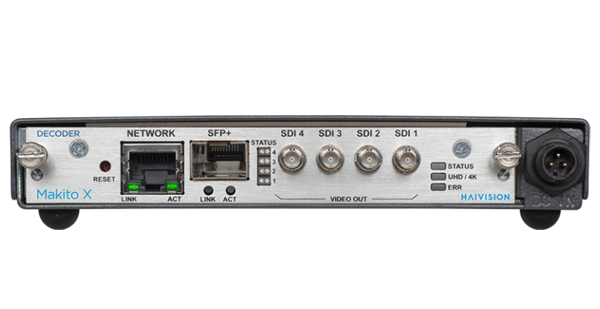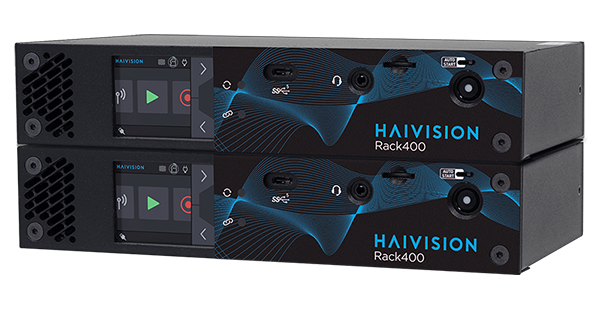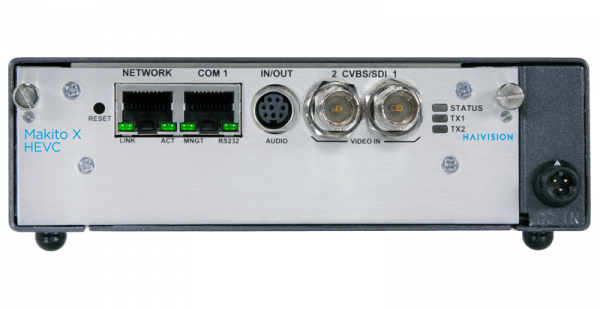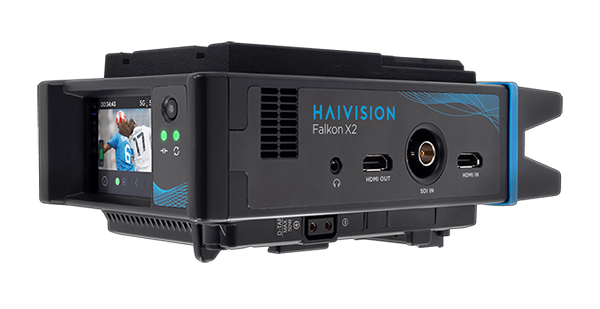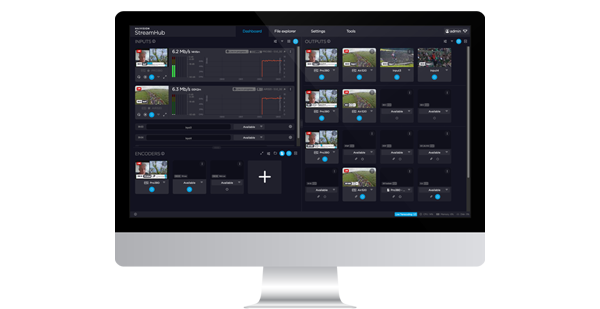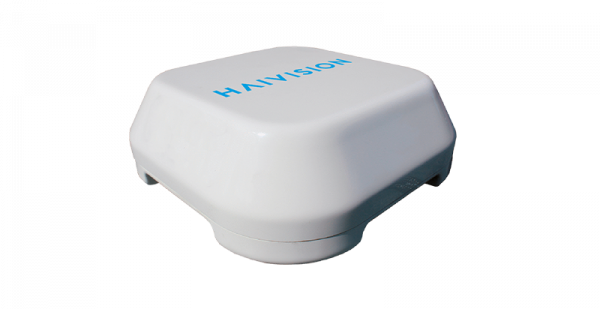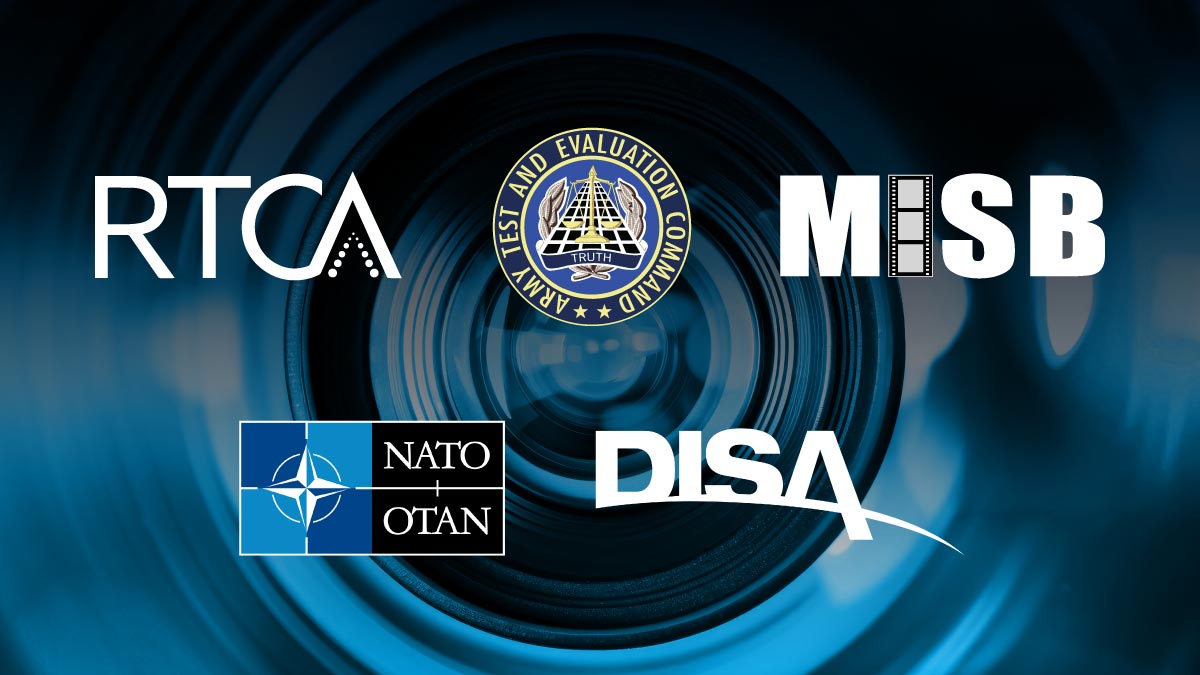In this post, we’ll explore what defense standards are, how they apply to Haivision products, and why they are so important. For this overview, I spoke to Haivision’s defense expert and Director of Product Strategy, John Leipper, who provided insight into what the Defense Standardization Program means in the context of video encoding and decoding.
Standardization is the process of developing and implementing specifications and procedures designed to ensure that products meet certain requirements. For defense, these requirements include functionality, compatibility, interoperability, reliability, quality, safety, and security.
Why Are Defense Standards Critical When It Comes to Video Encoding and Decoding?
Above all, standards enable the efficient use of resources, improving operational effectiveness. What’s more, these standards ensure proper performance, maintainability, reparability, and, perhaps most importantly, interoperability of military equipment. This is especially critical in the case of military forces where a common set of standards ensures that resources are utilized efficiently and operations run smoothly. Moreover, defense standards are often used as a quality reference by non-defense government and commercial organizations across the globe.
In defense applications, there are three distinct areas where standards are important: physical, data, and security.
Physical Standards for Defense Encoding and Decoding
Standards related to physical criteria ensure that a hardware device, such as a video encoder or decoder, is suitable for integration into militarized environments. This is the case whether it be air, ground, or maritime vehicles. Adherence to these criteria within the Defense Standardization Program provides a level of assurance that the device is fit for service in a particular deployed environment. These physical standards cover the SWaP (size, weight, and power) aspects of devices and, similarly, ensure that the device is deployable without breaking or interfering with the performance of any other equipment. Further, the standards ensure hardware can withstand a variety of environmental conditions. Physical standards such as the United States defense standard or military standard, or MIL-STD, are used to achieve standardization objectives laid out by the US Department of Defense. Examples of standards that apply to video encoders and decoders include:
MIL-STD-810 – Environmental Engineering Considerations and Laboratory Tests
The MIL-STD-810 standard addresses a wide range of harsh environmental conditions. This includes guidance and test methods to evaluate performance against environmental stresses such as exposure to high and low temperatures, humidity, temperature and transport shock, altitude, and vibration.
MIL-STD-461 – Electromagnetic Interference Control Requirements
MIL-STD-461 requirements are considered necessary to ensure that a device will operate as intended when exposed to the anticipated electromagnetic environment (EME) of a particular platform or system. These requirements also ensure that electromagnetic emissions are properly controlled so that equipment will not interfere with the operational performance of other subsystems or equipment.
MIL-STD-704 – Aircraft Electric Power Characteristics
The MIL-STD-704 standard defines the electrical power characteristics for military aircraft. The standard ensures that all onboard equipment can operate reliably under various conditions. By specifying requirements for voltage, frequency, and power quality, independent system components have a level of guaranteed interoperability of the power subsystem. Although MIL-STD-704 is written specifically for aircraft systems, it translates well to ground vehicle power standards. This is because components that adhere to the Airborne MIL-STD-704 are commonly suitable for ground vehicle deployments. Compliance with this standard ensures the resilience of aircraft electrical systems and components, thereby maintaining the performance and reliability of military aircraft and their complex electronic systems.
Another critical set of physical standards is the Ingress Protection (IP) ratings standard. These ratings are used globally to classify and rate the degree of protection provided by mechanical casings and electrical enclosures against intrusion, dust, accidental contact, and water. These standards, set by the International Electrotechnical Commission (IEC), are essential for ensuring the durability and reliability of video encoders and decoders in various environmental conditions. An example of this is IP67:
IP67 – Ingress Protection Rating
This standard defines the level of protection an enclosure offers against the intrusion of dust and water. The first digit (6) indicates complete protection against dust ingress, ensuring no dust penetration. The second digit (7) signifies protection against water immersion up to one meter in depth for a specified duration, typically 30 minutes. Devices rated IP67 are designed to withstand harsh environmental conditions. This makes these devices suitable for use in various demanding applications where resistance to dust and temporary submersion in water is crucial.
DO-160 – Environmental conditions and Test Procedures for Airborne Equipment
Another standard worth noting is DO-160, published by the Radio Technical Commission for Aeronautics (RTCA). These standards pertain to environmental conditions and test procedures for airborne equipment with an emphasis on commercial aviation. However, these standards also have applicability for use in military air vehicles. In addition, there are STANdardization AGreements (STANAG) implemented by NATO which address standards for electronic equipment in NATO environments, among many other standards areas, to support interoperability between coalition forces.
Data Standards for Defense Encoding and Decoding
When it comes to Geospatial Intelligence (GEOINT) standards, the Motion Imagery Standards Board (MISB) is focused on ensuring the development, application and implementation of standards that maintain interoperability, integrity and quality of motion imagery. More specifically, these standards apply to motion imagery associated with metadata, audio, and other related systems in the Department of Defense (DoD) and the National Geospatial-Intelligence Agency (NGA). As a leading advocate for interoperability, the MISB monitors and participates in the ongoing development of standards. This includes working with U.S. and international standards bodies like NATO and STANAG to monitor, advocate, and represent DoD and NGA interests for motion imagery, metadata, audio, and related systems to support global interoperability.
Interoperability in the context of video encoding and decoding has traditionally pertained to the bitstream of encoded video within the transport stream with geospatial metadata encoded as KLV (Key Length Value) metadata. For example, a Haivision Makito video encoder can be configured to accept a digital SDI input and encode that input into any number of network dissemination outputs, where the video, audio, and metadata are contained within a well-formed transport stream and delivered over IP.
That well-formed transport stream itself is an ISO standard (specifically ISO/IEC 13818-1). The MISB creates profiles of the transport stream standard that refine where the video and metadata lie relative to one another within a stream. MISB also has standards for how to encode time and metadata. These standards also provide rules for how video should be put into and pulled out of a stream. Evolutions in MISB standards and related guidance are captured within the MISB’s Motion Imagery Standards Profile (MISP) document which usually undergoes two revisions per year. MISB standards greatly enhance interoperability for those who adhere to the type of design constraint for streaming video.
Haivision’s Secure Reliable Transport (SRT) streaming protocol is included in MISB’s MISP document as a reliable and secure method for transmitting motion imagery over unpredictable networks. Adoption of SRT within MISP enhances the interoperability and reliability of Full Motion Video (FMV) transmission in defense and intelligence applications. In doing so, critical intelligence can be confidently and securely delivered across diverse and challenging environments. This development not only improves the robustness of data transmission but also facilitates greater collaboration and data sharing among the Department of Defense (DoD) and allied forces.
Security Standards for Video Encoding and Decoding
Security Technical Implementation Guides (STIGs) are a series of hardening or security guidelines to ensure protection against malicious actors. Developed by the Defense Information Systems Agency (DISA), these guides improve security for software, hardware, physical, and logical architectures to further reduce vulnerabilities when implemented. STIGs contain technical guidance to “lock down” information systems/software that might otherwise be vulnerable to a malicious computer attack.
Encoders and decoders utilized within Department of Defense (DoD) systems or networks must obtain a DoD Information Network Approved Products List (DoDIN APL) certification. This certification, managed by DISA, ensures that products meet rigorous cybersecurity and interoperability requirements. This allows hardware and software to be safely deployed within DoD networks. A number of Haivision products, including the Makito X4 video encoder and Kraken video processing platform for ISR, can be found on the DoDIN APL under tracking number 2118301.
Government organizations, especially the U.S. federal government and DoD, make use of Authority to Operate (ATO) to ensure that information systems and software products meet specific security and regulatory standards before they are deployed. An ATO is an authorization granted by a Designated Approving Authority (DAA) in cybersecurity, indicating that a system or product has undergone rigorous assessment and meets the necessary security standards for operation within an existing system or organization. This process is crucial for protecting sensitive data and ensuring interoperability within governmental and defense networks.
The NIST Risk Management Framework (RMF) is another critical element in managing security risks for defense-related video systems. The RMF provides a structured process that includes categorizing information systems, selecting and implementing security controls, and continuously monitoring their effectiveness. By integrating RMF practices, defense organizations can ensure that their video encoding and decoding systems remain secure and compliant with federal regulations, enhancing overall system resilience and trustworthiness.
Haivision Commitment to Security & Open Standards
Deployed worldwide, Haivison’s government and defense video solutions meet strict military environmental standards and hold certifications for security controls and interoperability.
Haivision’s support for industry standards and several government certifications includes:
- Department of Defense Approved Products List (DoDIN APL) Certified
- JITC Certified
- TRM Certified
- Department of State ITCCB Certified
- MISP Compliance
- STANAG Compliance
- MIL-STD-810
- DO-160

